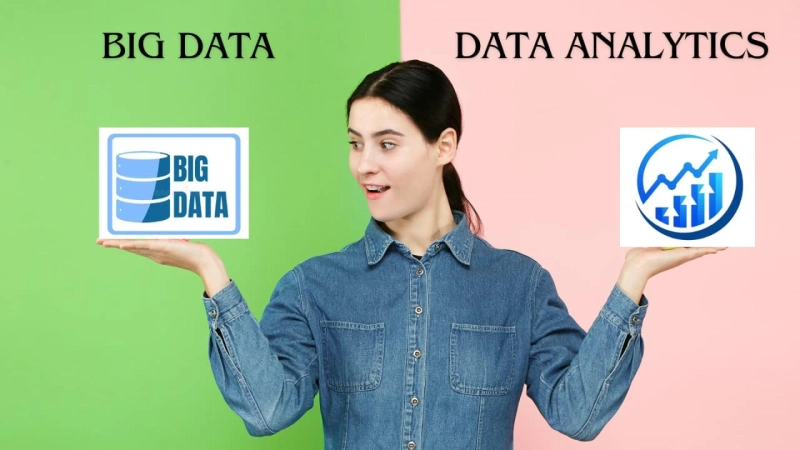Understanding the Difference between Big Data and Data Analytics
In today\'s 21st.century time, big data and data analytics have now become a buzzword in various industries. Like, from various healthcare to ...


In today\'s 21st.century time, big data and data analytics have now become a buzzword in various industries. Like, from various healthcare to ...

